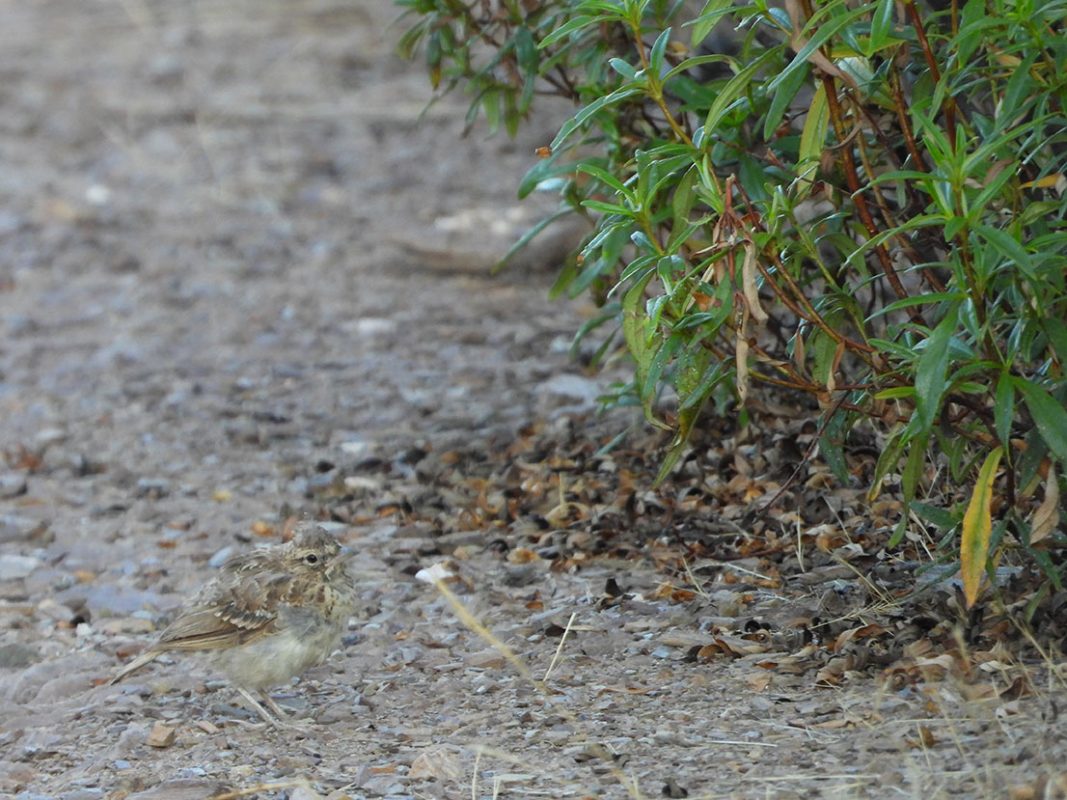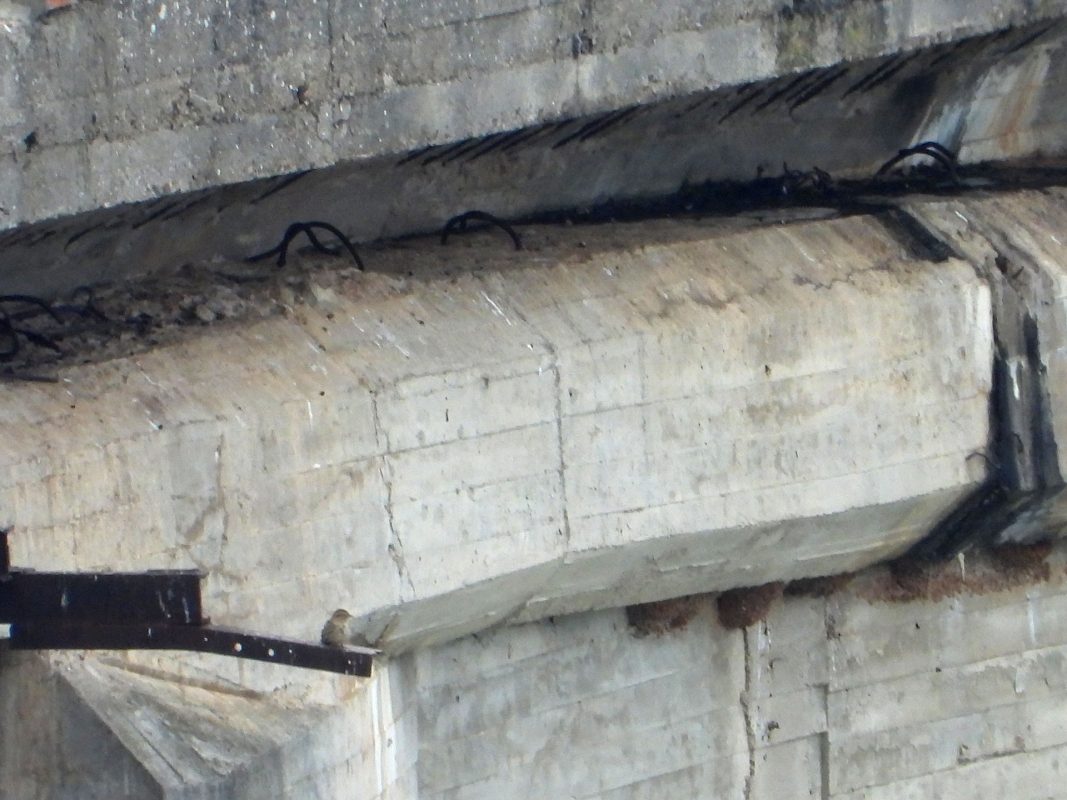
Prior to the repair work on the Martín Gil Viaduct, which crosses the Ricobayo reservoir, species that could nest or seek refuge in the infrastructure itself and in adjacent areas that could be affected by the work were identified. After identifying these species, corrective measures were proposed to make the presence of these species in the area compatible with the work activity.
Project scope
The study included:
- Pre-construction inspections of the viaduct structure and nearby habitats to detect the presence of nesting birds and roosting bats.
- Identification and mapping of species and ecological niches that could be affected by the planned works.
- Evaluation of potential impacts associated with vibration, noise, and human activity during repair operations.
- Design of corrective and mitigation measures to safeguard wildlife and maintain the ecological balance of the area.
Methodology
EHS Techniques applied a multispecies survey approach following established protocols for avifauna and chiropteran monitoring:
- Field observations and acoustic monitoring
- Direct visual surveys for nesting birds during different daylight periods.
- Use of ultrasonic detectors and recording devices to identify bat species active during dusk and night hours.
- Habitat characterization and risk assessment
- Description of structural features and microhabitats used for nesting or roosting.
- Analysis of potential disturbances linked to the project’s construction phases.
- Mitigation and environmental management planning
- Development of a biodiversity protection plan, including timing restrictions on works, relocation of potential roosting sites, and habitat restoration actions.
Results and added value
The study provided the project promoter with a comprehensive understanding of the ecological sensitivities associated with the Martín Gil Viaduct and its surroundings.
Key outcomes included:
- Identification of protected bird and bat species using the infrastructure.
- Definition of site-specific mitigation measures to prevent disturbance during breeding and roosting periods.
- Integration of wildlife management criteria into the overall construction planning.
These actions ensured that the repair works were executed in full compliance with environmental legislation, allowing coexistence between the project and local biodiversity.
Closing statement
This project reflects EHS Techniques’ commitment to ecological monitoring and impact mitigation, helping infrastructure operators carry out essential works while preserving wildlife and maintaining regulatory compliance.

 Español
Español
